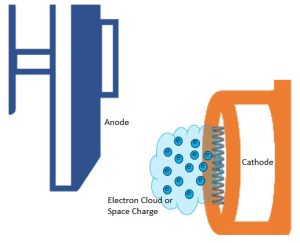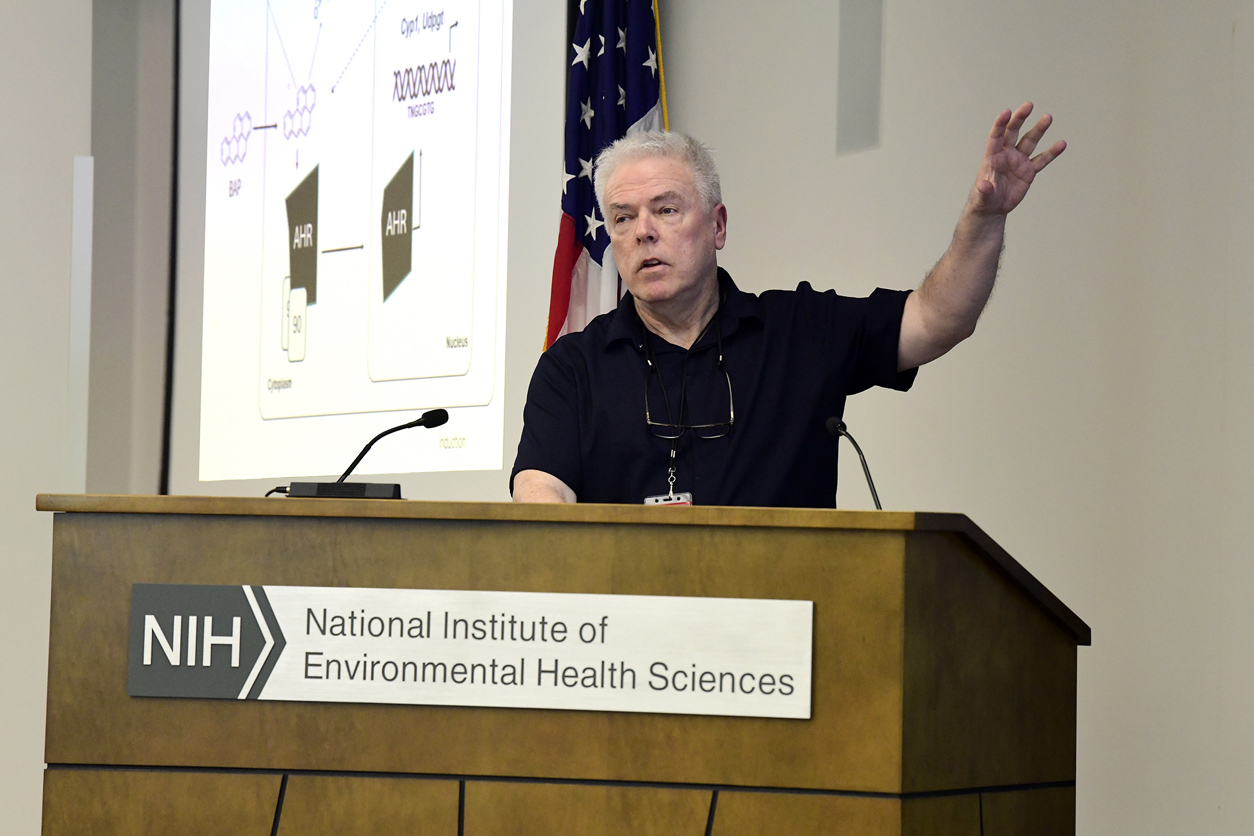What’s the environmental impact of x-ray and fluoroscopy? – AuntMinnie

Environmental Impact Assessment of Radiography and Fluoroscopy in Alignment with Sustainable Development Goals
Introduction and Overview
A recent life-cycle assessment (LCA) conducted at a large academic radiology department quantified the environmental impact of radiography and fluoroscopy services. The study, published in the Journal of the American College of Radiology, provides critical data for aligning medical imaging practices with global sustainability targets, particularly the United Nations Sustainable Development Goals (SDGs). The assessment offers a framework for interventions that support SDG 3 (Good Health and Well-being), SDG 12 (Responsible Consumption and Production), and SDG 13 (Climate Action) by identifying key sources of greenhouse gas (GHG) emissions and resource consumption.
Analysis of Environmental Footprint
The LCA quantified the direct and indirect environmental impacts across the entire life cycle of the imaging modalities. The components analyzed included:
- Equipment production, distribution, and maintenance
- Electricity consumption during operation
- Capital equipment (e.g., patient monitors)
- Production and use of semi-durable and disposable supplies
- Pharmaceuticals
- Imaging workstations and data storage
The combined annual operation of two radiography and two fluoroscopy units was found to produce an estimated 55,100 kg of CO2 equivalent (CO2e). This environmental burden, equivalent to the annual emissions of 12 gasoline-powered vehicles, presents a direct challenge to SDG 13 (Climate Action).
Primary Sources of Greenhouse Gas Emissions
The assessment identified three primary contributors to the total GHG emissions, highlighting specific areas for targeted sustainability interventions.
- Energy Consumption (47%): The most significant source of emissions is the electricity used to power the imaging equipment. This underscores the critical need to address SDG 7 (Affordable and Clean Energy) within healthcare infrastructure. Fluoroscopy units were in active scanning mode for 7-11% of department time, whereas radiography units were active for 72% of their monitored time.
- Medical Linens and Textiles (24%): The production, transport, and laundering of linens constitute nearly a quarter of the total emissions. This finding points to inefficiencies in resource management, a core focus of SDG 12 (Responsible Consumption and Production).
- Equipment Manufacturing (16%): The production phase of the four scanners accounts for a substantial portion of the carbon footprint, emphasizing the importance of sustainable manufacturing and procurement processes under SDG 12.
Recommendations for Mitigation and SDG Alignment
Based on the findings, the report outlines a series of strategic interventions to reduce the environmental footprint of radiology services and advance key SDGs.
- Decarbonize Energy Sources: Transitioning from a fossil-fuel-based electrical grid to renewable sources, such as solar power, could reduce the GHG emissions from radiography and fluoroscopy by an estimated 47%. This action directly supports the objectives of SDG 7 (Affordable and Clean Energy) and SDG 13 (Climate Action).
- Implement Responsible Consumption Protocols: To address the impact of textiles, revised protocols for linen use are recommended. This involves ensuring linens are used only when clinically necessary, are utilized correctly, and are reused to their maximum potential, thereby promoting the principles of SDG 12 (Responsible Consumption and Production).
- Reduce Low-Value Imaging: Avoiding unnecessary examinations directly reduces energy consumption, supply use, and GHG emissions. This measure supports both SDG 3 (Good Health and Well-being), by preventing unnecessary patient procedures, and SDG 12, by eliminating wasteful consumption. Targeted areas for intervention include:
- Daily routine chest radiographs for patients in intensive care units.
- Facial bone radiographs for patients with facial trauma.
- Routine post-operative radiographs.
Conclusion
The life-cycle assessment demonstrates that radiography and fluoroscopy contribute significantly to the environmental impact of healthcare. By focusing on key areas—namely energy consumption, linen use, and clinical necessity—radiology departments can substantially mitigate their carbon footprint. Implementing the recommended strategies will help align the healthcare sector with its responsibility to support global sustainability frameworks, including the Sustainable Development Goals for climate, energy, health, and responsible consumption.
Analysis of Sustainable Development Goals in the Article
1. Which SDGs are addressed or connected to the issues highlighted in the article?
-
SDG 3: Good Health and Well-being
- The article discusses practices within a healthcare setting (a radiology department). The suggestion to avoid unnecessary radiography and fluoroscopy, such as “daily chest radiographs in intensive care unit patients,” directly relates to improving the quality and efficiency of healthcare services, which is a component of ensuring healthy lives.
-
SDG 7: Affordable and Clean Energy
- The article explicitly identifies energy consumption as the largest contributor (47%) to the carbon footprint of the studied imaging equipment. It proposes a direct solution: “decarbonizing electricity sources by switching from a fossil-fuel burning grid to solar power,” which aligns with the goal of increasing the share of clean and renewable energy.
-
SDG 12: Responsible Consumption and Production
- The study uses a “life-cycle assessment (LCA)” to analyze the environmental impact of radiology equipment from production to use. This approach is central to understanding and promoting sustainable consumption. The article highlights the impact of resource consumption (electricity, medical linens) and suggests interventions like revising protocols for linen use to “ensure that they are reused as often as possible” and reducing “unnecessary or low-value fluoroscopic and radiographic exams,” which are forms of waste reduction and efficient resource management.
-
SDG 13: Climate Action
- The primary focus of the article is to quantify and propose mitigation strategies for the “substantial carbon footprint” and “greenhouse gases (GHGs)” produced by a radiology department. The entire study is an effort to understand and combat climate change impacts within the healthcare sector by measuring CO2 emissions and suggesting ways to reduce them.
2. What specific targets under those SDGs can be identified based on the article’s content?
-
Target 7.2: Increase substantially the share of renewable energy in the global energy mix.
- The article directly supports this target by suggesting that “switching from a fossil-fuel burning grid to solar power could reduce fluoroscopy and radiography services’ GHG emissions by 47%.” This is a specific action to increase the share of renewable energy in the energy mix of the healthcare facility.
-
Target 12.2: By 2030, achieve the sustainable management and efficient use of natural resources.
- The analysis of energy consumption and the use of medical linens falls under this target. The article’s recommendation to revise linen protocols and avoid unnecessary exams are strategies for the more efficient use of natural resources (water, energy, and materials used for linens and equipment operation).
-
Target 12.5: By 2030, substantially reduce waste generation through prevention, reduction, recycling and reuse.
- This target is addressed through two key recommendations. First, the suggestion to “avoid unnecessary radiography and fluoroscopy” is a form of waste prevention and reduction. Second, the proposal to revise protocols to ensure linens are “reused as often as possible” directly relates to the reuse aspect of this target.
-
Target 13.2: Integrate climate change measures into national policies, strategies and planning.
- While the article focuses on a departmental level, its methodology and recommendations represent the integration of climate change measures into organizational planning and operations. The life-cycle assessment and subsequent proposals to reduce emissions are a form of climate action strategy within the healthcare sector, which can inform broader policies.
3. Are there any indicators mentioned or implied in the article that can be used to measure progress towards the identified targets?
-
Indicator for GHG Emissions: Kilograms of CO2 equivalent (CO2e) per year.
- The article explicitly quantifies the environmental impact of the imaging equipment as “55,100 kg CO2 equivalent (CO2e)/year.” This is a direct indicator used to measure greenhouse gas emissions and can be used to track progress in reducing the carbon footprint, aligning with SDG 13.
-
Indicator for Energy Consumption: Percentage of emissions from energy use and share of renewable energy.
- The study states that “47% of these emissions are from the energy use of the scanners.” This percentage serves as an indicator of the impact of energy consumption. Progress towards Target 7.2 can be measured by tracking the reduction in this percentage by “switching from a fossil-fuel burning grid to solar power.”
-
Indicator for Resource Efficiency and Waste Reduction: Number of unnecessary exams and consumption of medical linens.
- The article implies that progress can be measured by tracking the reduction in “unnecessary or low-value fluoroscopic and radiographic exams.” It also identifies “medical linens or textiles” as comprising “24% of fluoroscopy and radiography’s cumulative annual greenhouse gases.” A reduction in the number of low-value exams and the volume of linens used would serve as indicators of progress towards Target 12.5.
4. SDGs, Targets, and Indicators Table
| SDGs | Targets | Indicators |
|---|---|---|
| SDG 3: Good Health and Well-being | Improving quality and efficiency of healthcare services. | Reduction in the number of “unnecessary or low-value” medical exams (e.g., daily chest radiographs in ICU patients). |
| SDG 7: Affordable and Clean Energy | 7.2: Increase substantially the share of renewable energy in the global energy mix. | The share of renewable energy (e.g., solar power) in the electricity mix of the radiology department. |
| SDG 12: Responsible Consumption and Production |
12.2: Achieve the sustainable management and efficient use of natural resources.
12.5: Substantially reduce waste generation through prevention, reduction, recycling and reuse. |
Percentage of GHG emissions from medical linen use (currently 24%).
Rate of reuse for medical linens. Reduction in the number of low-value radiographic exams performed. |
| SDG 13: Climate Action | 13.2: Integrate climate change measures into policies, strategies and planning. | Annual greenhouse gas emissions, measured in kg of CO2 equivalent (CO2e). |
Source: auntminnie.com

What is Your Reaction?
 Like
0
Like
0
 Dislike
0
Dislike
0
 Love
0
Love
0
 Funny
0
Funny
0
 Angry
0
Angry
0
 Sad
0
Sad
0
 Wow
0
Wow
0



















































.jpg.webp?itok=0ZsAnae9#)


























